 Last month, when the sun unleashed the most intense radiation storm since 2003, peppering satellites with charged particles and igniting strong auroras around both poles, a group of high school students in Bishop, Calif., knew just what to do.They launched a rubber chicken.The students inflated a helium balloon and used it to send the fowl, named “Camilla,” to an altitude of 36.6 km, or 120,000 ft, where it was exposed to high-energy solar protons at point blank range.
Last month, when the sun unleashed the most intense radiation storm since 2003, peppering satellites with charged particles and igniting strong auroras around both poles, a group of high school students in Bishop, Calif., knew just what to do.They launched a rubber chicken.The students inflated a helium balloon and used it to send the fowl, named “Camilla,” to an altitude of 36.6 km, or 120,000 ft, where it was exposed to high-energy solar protons at point blank range.
Camilla flew twice–once on Mar. 3 before the radiation storm and again on Mar. 10 while the storm was in full swing, giving the students a basis for comparison.
Read more about how the chicken got to the “other side” by visiting http://science.nasa.gov/science-news/science-at-nasa/2012/19apr_camilla/
Link to the NES Virtual Campus home page.

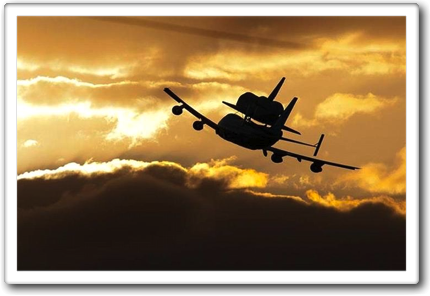 By the end of 2012, NASA’s space shuttles will be in their new homes.
By the end of 2012, NASA’s space shuttles will be in their new homes. NASA engineer Russ Werneth discusses the continuous nature of the engineering design process and shares what it was like to design and plan the spacewalks that were key to the Hubble Space Telescope servicing missions.
NASA engineer Russ Werneth discusses the continuous nature of the engineering design process and shares what it was like to design and plan the spacewalks that were key to the Hubble Space Telescope servicing missions.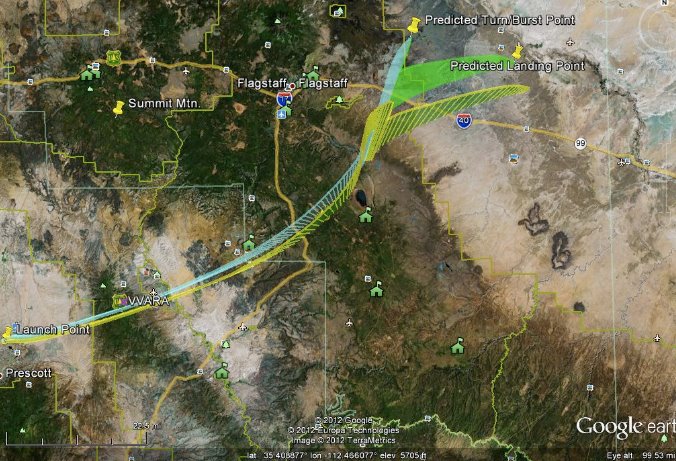
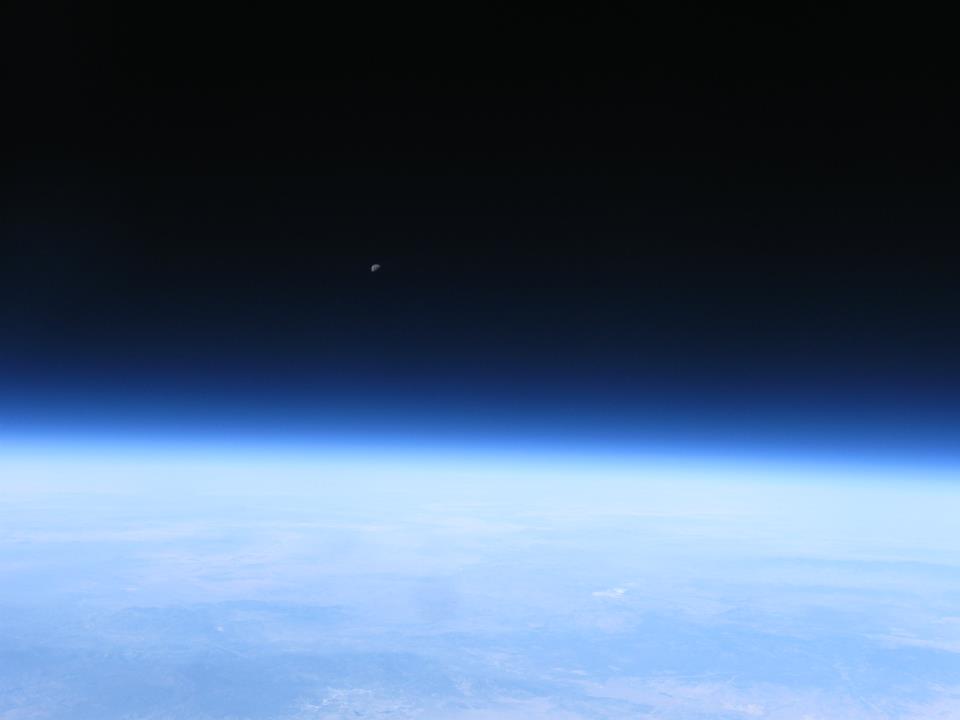

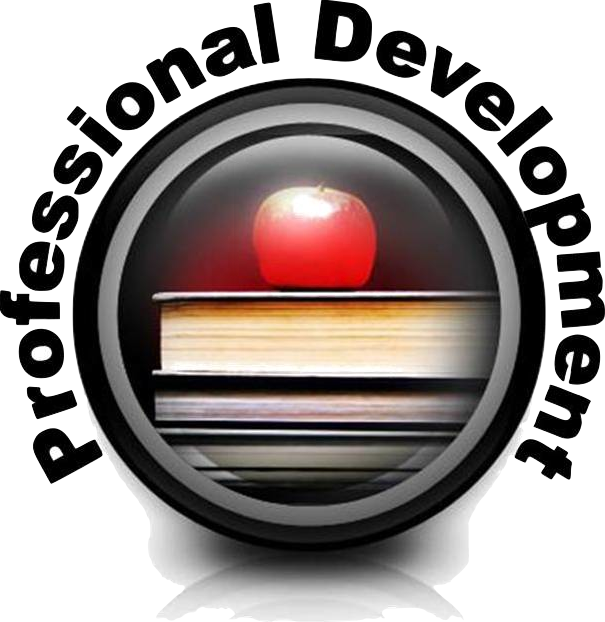
 Paulo Younse is a robotics engineer at NASA’s Jet Propulsion Laboratory located in Pasadena, Calif. and is an expert on NASA’s newest Mars rover, Curiosity. In this NASA Now classroom video he talks about how each mission to Mars is determined by the information gained from previous missions. He explains how scientists and robots work together using the scientific method of research.
Paulo Younse is a robotics engineer at NASA’s Jet Propulsion Laboratory located in Pasadena, Calif. and is an expert on NASA’s newest Mars rover, Curiosity. In this NASA Now classroom video he talks about how each mission to Mars is determined by the information gained from previous missions. He explains how scientists and robots work together using the scientific method of research.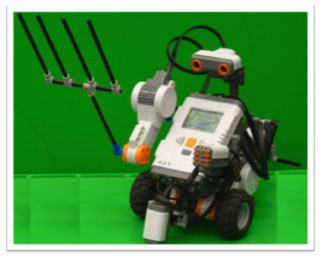 The NASATalk NXT Tweetup will provide a light introduction for those new to Twitter, while at the same time presenting several NXT robotics resources for use in classroom or informal education settings, on Monday-Friday, April 9-13, from 4-5 p.m. EDT.
The NASATalk NXT Tweetup will provide a light introduction for those new to Twitter, while at the same time presenting several NXT robotics resources for use in classroom or informal education settings, on Monday-Friday, April 9-13, from 4-5 p.m. EDT. Byron Meadows, a laser systems engineer at NASA, describes his work on the Sensor Testing for Orion Relative Navigation Risk Mitigation, or STORRM, project. STORRM is a sensor and laser technology that will make it easier for space vehicles to dock to the International Space Station.
Byron Meadows, a laser systems engineer at NASA, describes his work on the Sensor Testing for Orion Relative Navigation Risk Mitigation, or STORRM, project. STORRM is a sensor and laser technology that will make it easier for space vehicles to dock to the International Space Station.